|
Nandina, Possumhaw Holly, and Burford Holly
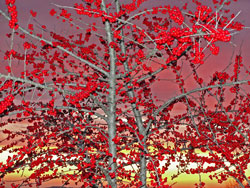
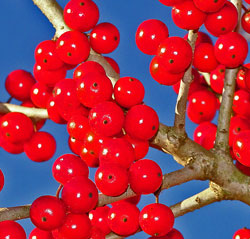
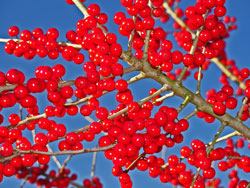
If you appreciate color from other sources than blooms, there are several all-star xeriscape plants that have red berries that make a great show through the winter until the birds eat them in early spring. Nandina, Possumhaw holly, and Burford holly are berry producers. The nandinas and hollies are evergreen shrubs that can prosper in full sun or shade. The more shade the fewer berries are produced, but the nandina and Burford holly still make good 5 to 7 feet foundation plants. Nandinas join the hollies in being basic xeriscape shrubs. The standard nandina reaches seven feet and in partial shade or full sun produces very attractive clusters of red berries. The nandina berries are not as popular with birds as hollies, but mockingbirds and others eventually eat them. As an added dividend, nandina has fine, red-purple, winter foliage if it is grown in the sun or partial shade. Possumhaw is a deciduous holly. Its small red berries are spectacular on the horizontal branches in the winter landscape.
Pyracantha
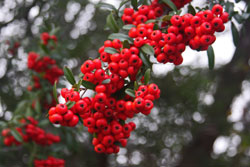
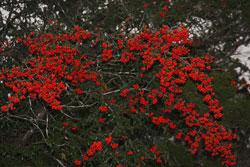
One of the most popular berries is produced by pyracantha. Pyracanthas have thorns and respond well to pruning so make a great tall (12 to 15 feet) blocking hedge. Birds also like it as a nesting site. Plant pyracantha in full sun. The orange berries are very showy. The hummingbirds and butterflies will use the flowers but the pyracantha is most useful for its berries. The mockingbirds, cardinals and others strip the plants in winter after they are softened by cold.
Crapemyrtle limbs (colorful wood - EXFOLIATING BARK)
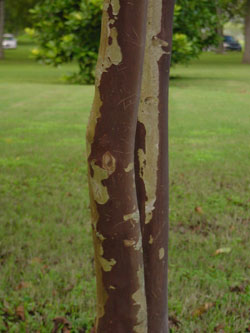
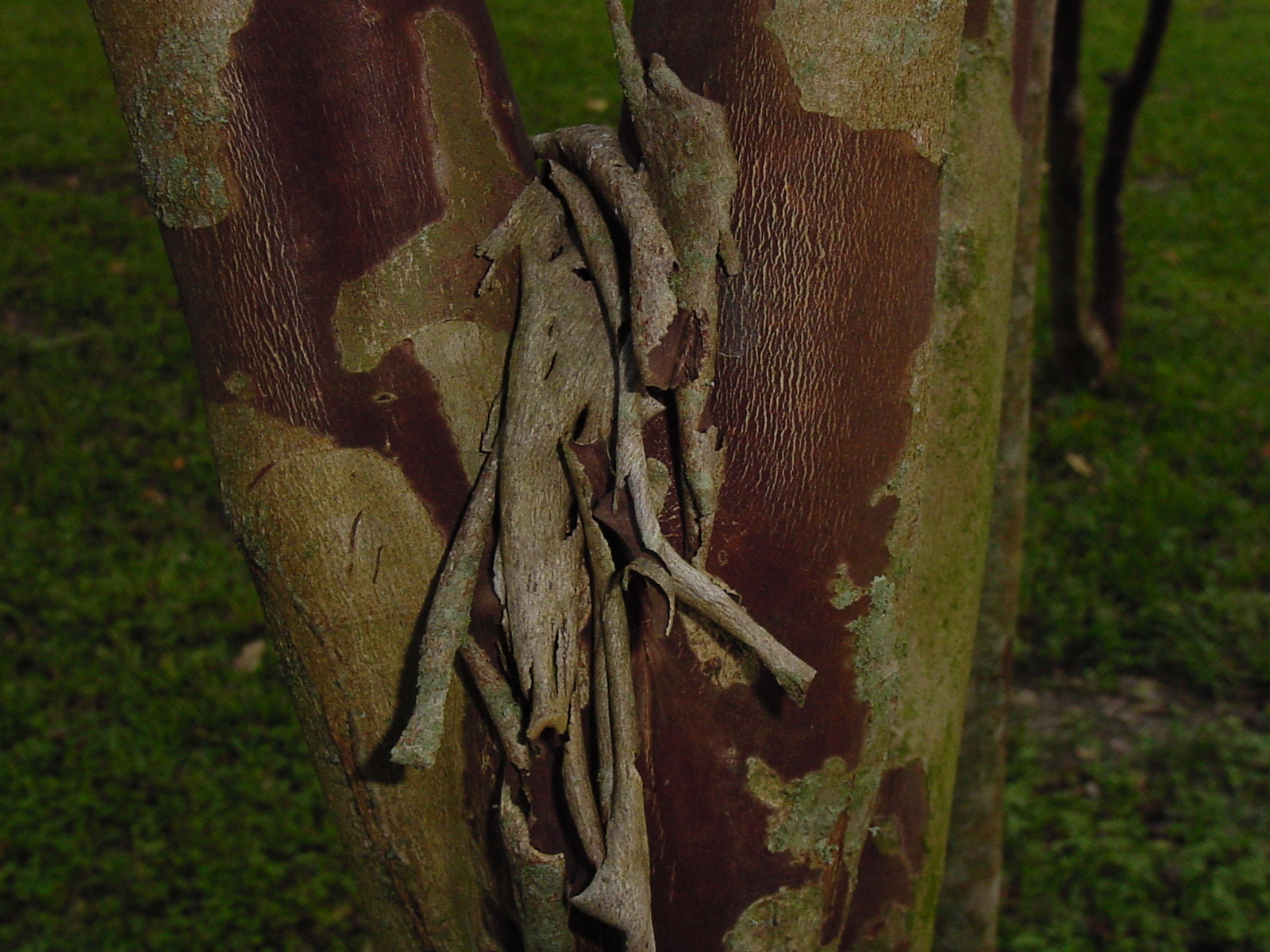
See: http://plantanswers.com/trees/crapemyrtle/
|



